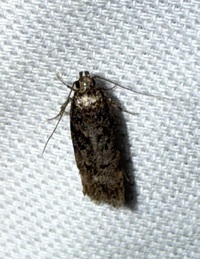
| Recorded by: Marilyn Westphal on 2025-11-15
Henderson Co.
Comment: Verified by dissection. | 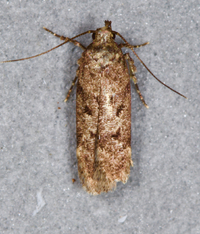
| Recorded by: Jim Petranka, Becky Elkin, Marilyn Westphal, Nora Murdock on 2025-08-25
Henderson Co.
Comment: Verified by dissection. |
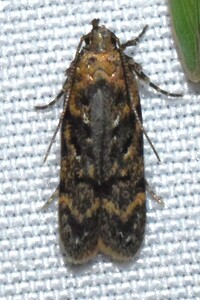
| Recorded by: Jeff Niznik on 2025-06-11
Orange Co.
Comment: | 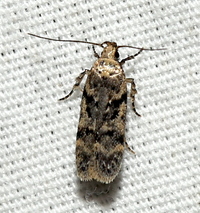
| Recorded by: David George on 2025-06-07
Durham Co.
Comment: |

| Recorded by: David George, Tracy Feldman, Jeff Niznik, Rich Teper, Patrick Coin, Becky Watkins on 2024-06-08
Wake Co.
Comment: | 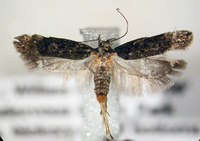
| Recorded by: J.B. Sullivan on 2023-06-28
Wilkes Co.
Comment: |
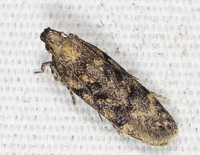
| Recorded by: John Petranka on 2023-05-25
Orange Co.
Comment: | 
| Recorded by: John Petranka on 2023-05-25
Orange Co.
Comment: |
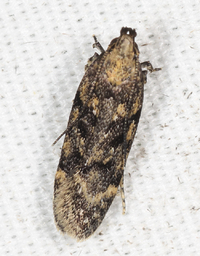
| Recorded by: John Petranka on 2023-05-25
Orange Co.
Comment: | 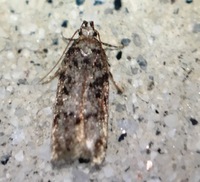
| Recorded by: Megan Blythe on 2019-11-02
Macon Co.
Comment: |
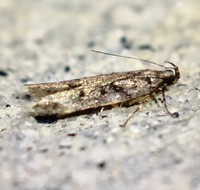
| Recorded by: Megan Blythe on 2019-11-02
Macon Co.
Comment: | 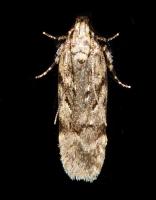
| Recorded by: Jim Petranka and Becky Elkin on 2019-10-07
Madison Co.
Comment: Specimen verified by dissection. |

| Recorded by: Jim Petranka and Becky Elkin on 2019-10-07
Madison Co.
Comment: Specimen verified by dissection. | 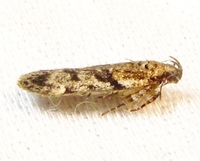
| Recorded by: Ken Kneidel on 2019-07-14
Mecklenburg Co.
Comment: |

| Recorded by: Ken Kneidel on 2019-07-14
Mecklenburg Co.
Comment: | 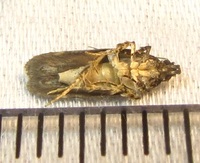
| Recorded by: Ken Kneidel on 2019-07-14
Mecklenburg Co.
Comment: |
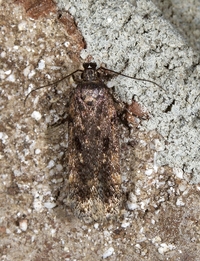
| Recorded by: Jim Petranka and Becky Elkin on 2018-12-01
Madison Co.
Comment: Verified by dissection. | 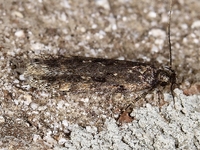
| Recorded by: Jim Petranka and Becky Elkin on 2018-12-01
Madison Co.
Comment: Verified by dissection. |
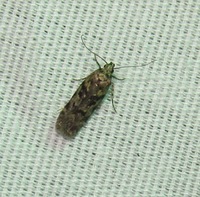
| Recorded by: Brian Bockhahn on 2017-09-27
Stokes Co.
Comment: |

 »
»




 »
»


